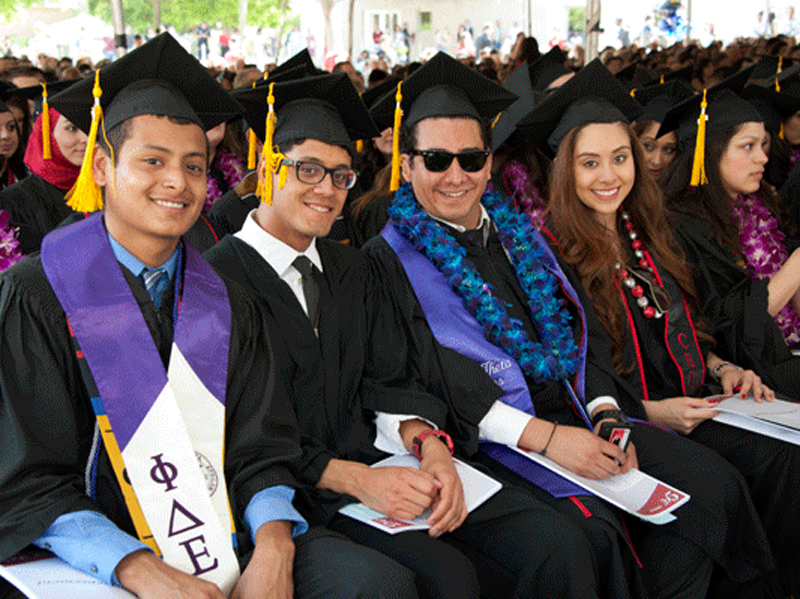LatinaLista — The face of today’s public schools, in the majority of states, is a student of color. In the U.S., 22 percent of the K-12 population is Latino. Yet, it can’t be repeated often enough that too few Latinos ever make that transition from mandatory schooling to higher education.
In fact:
For the U.S. to regain the top ranking in the world for college degree attainment, Latinos will need to earn 5.5 million more degrees by 2020.
Is it something Latino students are on track to accomplish? Or are Latinos lagging even farther behind?
These are questions that a new interactive feature, Latino College Completion: United States, by Exelencia in Education strives to answer.
At a click, readers can see where Latino students stand across the country. From the percentage of Latino students in each state’s public school system to how many Latino adults have degrees, their college graduation rates and how it all compares to the general population of the state.
“America’s success is intertwined with the educational success of Latinos, and that takes leadership not only in Washington, but in statehouses and communities all across the country,” said Texas Rep. Rubén Hinojosa, chairman of the Congressional Hispanic Caucus and Ranking Member of the Subcommittee on Higher Education and Workforce Training.
Currently, in every state, there’s an educational gap between Latino students and others but the solution to bridging that void isn’t a mystery.
The report details promising practices that not only encourage Latinos to pursue higher education but — and the most important — how to persevere and finish those degrees.



